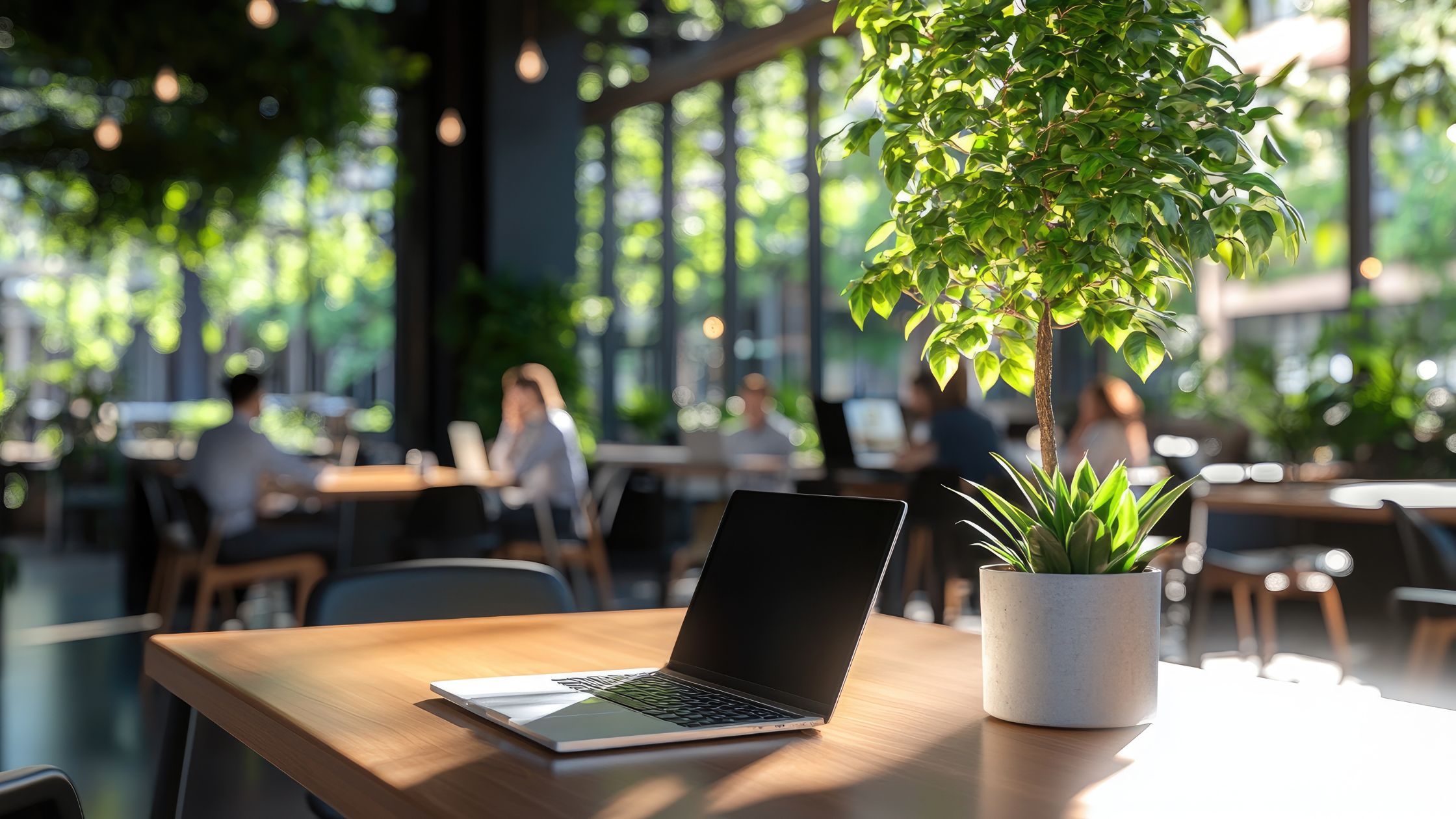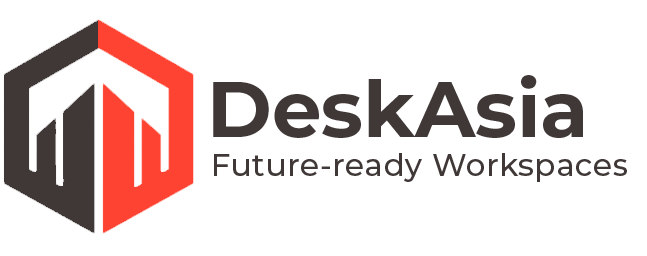
From Overhead to Impact: How Sustainable Design Transforms Workspaces
In today’s rapidly changing world, sustainability is no longer just a buzzword—it’s a necessity. Businesses across the globe are realizing the importance of reducing their environmental footprint, and one of the most effective ways to achieve this is by creating sustainable workspaces. Beyond the obvious ecological benefits, eco-friendly office design also delivers significant cost savings, improves employee well-being, and enhances corporate reputation.
So, what exactly makes a workspace sustainable, and how does thoughtful design help both the planet and the bottom line?
What Is a Sustainable Office?
A sustainable workspace is designed and operated with the goal of reducing its impact on the environment. This involves using resources more efficiently, minimizing waste, improving energy performance, and creating healthier environments for employees. From construction materials and energy use to lighting, waste management, and everyday work practices, every aspect of the office is oriented toward sustainability.
Key Elements of Eco-Conscious Office Design
To understand how sustainable offices save money and help the planet, it’s important to look at the specific features that make a workspace sustainable:
1. Energy Efficiency
This is perhaps the most immediate area where green design has an impact. Energy-efficient lighting (like LEDs), smart HVAC systems, insulation, and high-performance windows reduce energy use dramatically. Incorporating natural light through skylights and large windows can cut down on electricity usage during the day.
2. Sustainable Materials
Using recycled, locally sourced, or rapidly renewable materials (such as bamboo flooring or reclaimed wood) reduces the environmental impact of construction and renovation. Low-VOC paints and non-toxic finishes improve indoor air quality.
3. Water Conservation
Low-flow fixtures, water-efficient appliances, and smart irrigation systems for office landscaping can significantly cut down water consumption.
4. Waste Reduction
Green offices focus on reducing waste through recycling programs, composting, and encouraging digital workflows that minimize paper use.
5. Green Certifications
Many offices pursue certifications such as LEED (Leadership in Energy and Environmental Design), BREEAM, or WELL, which provide frameworks for implementing and measuring sustainable practices.
Cost Savings from Sustainable Design
While the upfront investment in sustainable design might seem high, the long-term cost benefits are substantial. Here’s how:
1. Reduced Energy Bills
According to the U.S. Department of Energy, buildings that are certified as green use about 25% less energy on average than traditional office buildings. For a large company, this can translate into thousands—or even millions—of dollars saved annually.
2. Lower Water Bills
With water-efficient fixtures and appliances, green offices often see a significant drop in monthly utility bills. Smart landscaping and rainwater harvesting can also reduce the need for irrigation.
3. Tax Incentives and Grants
Many governments offer incentives for businesses that implement sustainable practices. These include tax breaks, rebates, and grants for energy-efficient systems, renewable energy installation, and eco-friendly construction.
4. Higher Property Value
Green buildings often command higher market values and rental rates. Tenants and buyers are increasingly prioritizing sustainable design, and investors recognize the long-term benefits of energy efficiency and low operating costs.
5. Reduced Maintenance Costs
Eco-friendly materials often have a longer lifespan and require less maintenance. For instance, LED lights last up to 25 times longer than incandescent bulbs.
Environmental Impact
Of course, the main driver behind sustanaible office design is its potential to mitigate climate change and preserve natural resources. The construction and operation of commercial buildings account for a significant portion of global greenhouse gas emissions. By reducing energy and water consumption, using sustainable materials, and minimizing waste, green offices contribute to:
- Lower carbon emissions
- Reduced landfill waste
- Preservation of biodiversity
- Reduced demand on energy grids and water supply systems
By transforming workspaces into eco-conscious environments, businesses become active participants in the global fight against climate change.
The Human Side: Employee Well-Being and Productivity
Interestingly, sustainable office design doesn’t just benefit the planet and the bottom line—it also creates a better environment for employees. Here’s how:
1. Improved Air Quality
Good ventilation and low-emission materials lead to cleaner indoor air, reducing the risk of respiratory problems and sick-building syndrome.
2. Natural Light and Biophilic Design
Access to natural light, plants, and natural materials has been shown to improve mood, reduce stress, and enhance cognitive function.
3. Thermal and Acoustic Comfort
Efficient HVAC systems and soundproofing materials create a more comfortable and focused work environment.
4. Healthier Lifestyle Choices
Some green offices include features like bike racks, showers, fitness rooms, and healthy food options to encourage sustainable commuting and better employee health.
All these factors contribute to increased job satisfaction, reduced absenteeism, and higher productivity.
Real-World Examples
- Google has long invested in sustainable building practices, including solar panels, recycled materials, and real-time energy monitoring in their offices worldwide.
- Interface, a global flooring company, designed its headquarters in Atlanta using recycled materials, solar panels, and biophilic elements. The result: a 39% reduction in energy consumption and a significant boost in employee morale.
- The Edge in Amsterdam, known as one of the greenest buildings in the world, uses a smart system that adjusts lighting and temperature based on occupancy and weather, resulting in extreme energy efficiency.
Transitioning to a Sustainable Office
Even if you’re not planning a full office renovation, there are many ways to start incorporating green practices today:
- Switch to energy-efficient lighting
- Encourage remote or hybrid work to reduce commuting
- Implement a recycling and composting program
- Go paperless wherever possible
- Conduct an energy audit and identify areas for improvement
- Use eco-friendly office supplies and furniture
- Educate employees on sustainability practices
Small changes can lead to big impacts over time, especially when adopted across entire organizations.
Conclusion
Sustainable offices are more than a trend—they’re a smart investment in the future. By embracing sustainable design and operational practices, businesses can significantly reduce costs, improve employee well-being, and make a meaningful contribution to environmental protection. In a world increasingly driven by purpose and accountability, eco-conscious office spaces demonstrate a company’s commitment not just to profits, but to people and the planet.
Whether you’re a startup or a multinational corporation, the path to a greener future starts with where you work.

